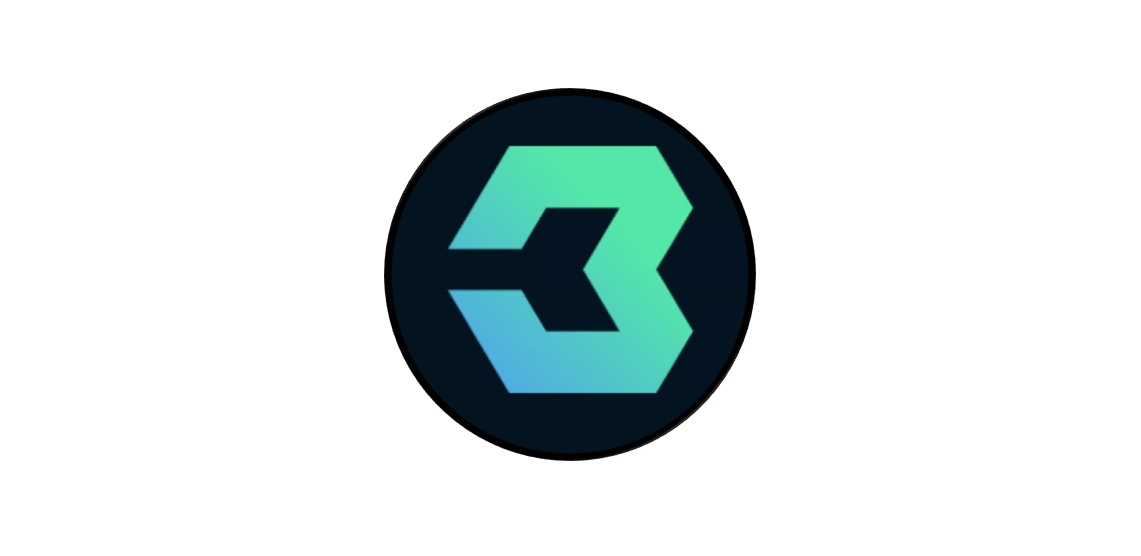Chaque semaine, nous vous proposons en version intégrale un article BLOCKSTORIES, une plate-forme de référence pour les institutionnels concernant les cryptoactifs.
Cet article est extrait de leur newsletter hebdomadaire. Vous disposez d'un lien en bas d'article pour vous y abonner.
Over the past weeks, Kinexys — J.P. Morgan’s blockchain division — has been accelerating client adoption, adding names like FedEx, clearing house Marex, and payments provider Corpay, among others. The bank now counts “several dozen clients” actively using its blockchain-based services.
For years, J.P. Morgan focused on building an internal transfer infrastructure around JPM Coin, which today processes over $2 trillion in notional volume on the bank’s private blockchain, previously known as Onyx and now rebranded as Kinexys Digital Payments. Today, the strategy is evolving: Kinexys is gradually extending its reach to public networks, most notably with the launch of JPMD, a deposit token issued on Base, Coinbase’s Layer 2 blockchain.
Amid these recent developments, we sat down with Zack Chestnut, Head of Business Development at Kinexys. In this interview, we discuss how the bank’s blockchain unit scaled into a global business, how the new JPMD token complements Kinexys’ existing blockchain deposit accounts, and how J.P. Morgan is approaching different use cases across private and public networks.
On the current state of Kinexys and its strategic positioning
“Kinexys by J.P. Morgan has evolved from a small experimental team into a global blockchain business unit serving clients across five continents. Today, we operate four product pillars :
- Kinexys Digital Payments, our deposit ledger and payment rail
- Kinexys Digital Assets, an asset tokenization platform
- Kinexys Liink, the world’s first bank-led peer-to-peer data-sharing network
- Kinexys Labs, our R&D hub.
What differentiates Kinexys is its horizontal platform architecture, a single infrastructure designed to move information, money, and assets seamlessly. Since launch, the platform has processed over $2 trillion in notional value, with daily payments now exceeding $3 billion and achieving ~10× year-over-year growth on average.”
Where Kinexys sees the strongest client adoption
“Liquidity optimization is one of the main drivers. By removing cut-off times and speeding up settlements, clients can reduce or even eliminate pre-funding and keep more cash in their highest-yield or main funding currencies instead of spreading it across multiple markets. For example, U.S. broker-dealers can now cover unexpected margin calls in Hong Kong instantly, without having to pre-position large HKD balances.
Another major driver is streamlining operations through programmable payments, which automate complex money flows. For example, one of the largest U.S. commercial real estate loan services cut a process that used to take two days down to just five minutes by automatically splitting and sending funds.”
On Kinexys’ money products — blockchain deposit accounts and JPMD
“Over the last few years, we’ve focused on bringing commercial cash onchain in multiple formats. First came our blockchain deposit accounts, effectively traditional bank accounts running natively on Kinexys infrastructure. They provide clients with 24/7 settlement, near-instant liquidity, and programmable workflows inside J.P. Morgan’s ecosystem.
This year, we added JPMD on Base, our USD deposit token. With JPMD, clients can settle with selected partners directly onchain, provided both parties meet our risk and compliance requirements.
We see these products as complementary rather than competitive. Deposit accounts are ideal for internal flows and automated treasury management, while deposit tokens unlock native settlement and Delivery-vs-Payment (DvP) use cases in broader digital-asset ecosystems. Together, they form a complete money product suite.”
On Kinexys’ approach to private and public blockchain infrastructure
“We believe the future will involve both private and public networks, and they will serve different use cases.
Clients transacting natively on public blockchains, for example, settling tokenized assets, will likely use JPMD. By contrast, our blockchain deposit accounts remain the foundation for broader treasury solutions and internal settlement rails.
Think of it like a road system: we want to be on the public roads, but we control which cars can interact with our car. We’ll never be able to interact with every participant without understanding who they are. That’s why our pilots, like the Ondo Chain DvP settlement and JPMD on Base, are designed around whitelisted participants only.”
On the 6-month roadmap and client-driven scaling priorities
“Our strategy has always been to scale alongside client demand. The launch of JPMD in June generated significant interest, partly due to growing attention around deposit tokens and the preference many institutions have for bank-issued solutions.
Over the next six months, our focus is on three priorities :
- Scaling JPMD adoption by developing practical use cases in tokenized settlement and cross-border payments.
- Expanding usage of our blockchain deposit accounts as the programmable foundation for next-generation treasury workflows.
- Continuing selective integrations with external infrastructure where clients want to transact natively.
Blockstories, la plateforme de référence pour les institutionnels concernant les cryptoactifs.
Pour vous abonner :




Member discussion: